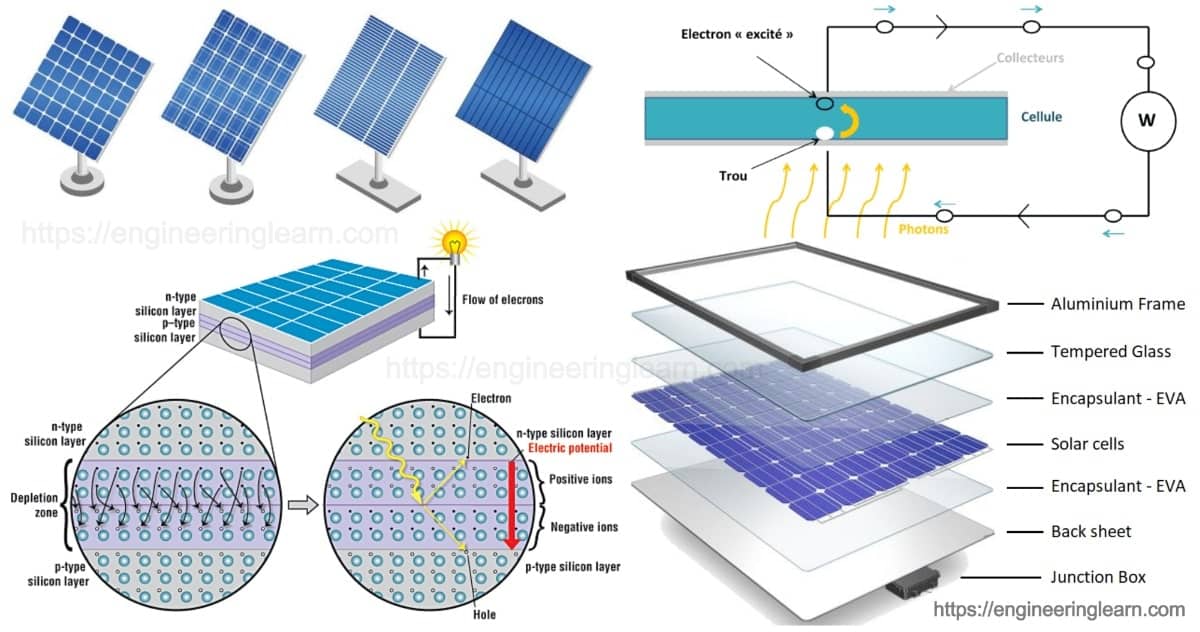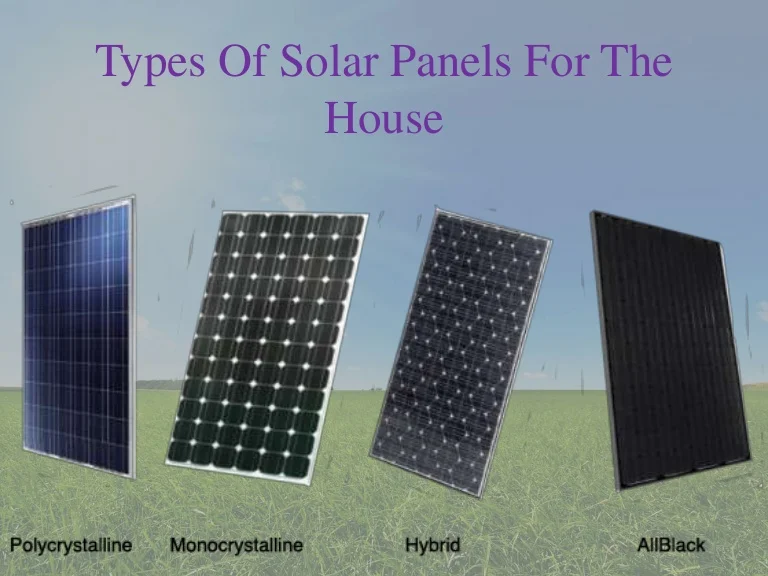Solar Systems Fundamentals Explained
Wiki Article
The Solar Systems Statements
Table of ContentsThe 9-Minute Rule for Solar SystemsExcitement About Solar SystemsThe Buzz on Solar SystemsNot known Facts About Solar Systems
There are 3 various sorts of solar panels: monocrystalline, polycrystalline, as well as slim movie. Monocrystalline photovoltaic panels are very reliable and also have a smooth style, yet come with a higher cost factor than other photovoltaic panels. Polycrystalline photovoltaic panels are less expensive than monocrystalline panels, nevertheless, they are less efficient as well as aren't as cosmetically pleasing.Nowadays, there are a number of ranges of monocrystalline solar panels on the market to choose from., are coming to be a significantly prominent monocrystalline choice.
Because monocrystalline solar batteries are constructed from a solitary crystal of silicon, electrons are able to easily move throughout the cell, boosting general efficiency. Not only do monocrystalline panels have the highest possible effectiveness ratings, they commonly additionally have the greatest power capacity rankings. A lot of monocrystalline panels on the market today will certainly have a power output score of a minimum of 320 watts, however can go up to around 375 watts or greater!.
Because polycrystalline cells have several silicon cells, the electrons can not move as quickly and also as an outcome, reduce the efficiency of the panel. The reduced effectiveness of polycrystalline panels also indicates they have a tendency to have a lower power result than monocrystalline panels, generally ranging between 240 watts and also 300 watts.
The Only Guide for Solar Systems
4% effectiveness With thin film cell prototypes. In order to fulfill your energy needs, you would need to set up even more slim movie panels over a huge location to produce the same amount of electrical energy as crystalline silicon photovoltaic panels. This is why thin film solar panels don't truly make feeling for household installations where space is limited.The temperature level coefficient informs you just how much the power result will certainly lower by for every 1 * C over 25 * C the panel gets. The common temperature level coefficient for mono and polycrystalline panels commonly drops someplace between -0. 3% and -0. 5% per * C. Thin movie panels on the various other hand, are around -0.
With some thin movie panels, it's difficult to also see the specific cells within the panel. They likewise tend to have much less electrical wiring as well as busbars, implying there's much less white area. Because they are so inefficient, you would require to cover your entire roof in slim movie panels - which might or may not be your design.

Some makers have actually worked around this with black packing important source or shaping the cells in a different way, however these visual modifications can impact both the price and efficiency of the panels. On the whole, monocrystalline panels still look streamlined, however they're a bit more obvious than slim film panels. solar systems. The process in which polycrystalline solar batteries are made causes the cells to have a blue, marbled appearance.
Facts About Solar Systems Uncovered
If you get on a tight budget, polycrystalline panels could make more sense for you. We do not recommend slim film photovoltaic panels for domestic setups - their performance and also toughness don't make the inexpensive worth it, and also it's unlikely you'll have almost enough area to mount the number of slim movie panels you would require to cover your household electrical energy usage.Considering that they are made from pure silicon, they can be conveniently determined by their dark black shade. Using pure silicon likewise makes monocrystalline panels one of the most space-efficient and also longest-lasting among all three photovoltaic panel types. This comes at a cost a great deal of silicon is thrown away to produce one monocrystalline cell, in some cases getting to over 50%. solar systems.
/types-of-solar-panels-pros-and-cons-5181546_finalcopy-93f1db65349840bdba2822f75fa592f9.jpg)
Amorphous silicon panels (A-Si) acquire their name from their shapeless nature. Unlike mono-and polycrystalline solar batteries, the silicon is not structured on the molecular level. Generally, an a-Si cell needs just a fraction of the silicon needed to create regular silicon cells. This allows them to have the most right here affordable manufacturing cost, at the expense of effectiveness.
4 Simple Techniques For Solar Systems
$0. 32-$0. 65 $1 $1. 50 $0. 70 $1 $0. 60 $0. 70 $0. 50 $0. 60 $0. 43 $0. 50 Note that these figures don't include the cost of setup and labor. With labor and other above variables, the total amount can climb to $2. 50 to $3. 50 per watt.
This suggests that thin-film panels can be a good alternative for hotter settings or places that experience more sunlight throughout the year. The upgraded International Building ordinance of 2012 calls for solar panels to match the fire rating of the roofing system where they are mounted. This is to make certain that the modules do not accelerate the spread of flames in case of a fire.
Report this wiki page